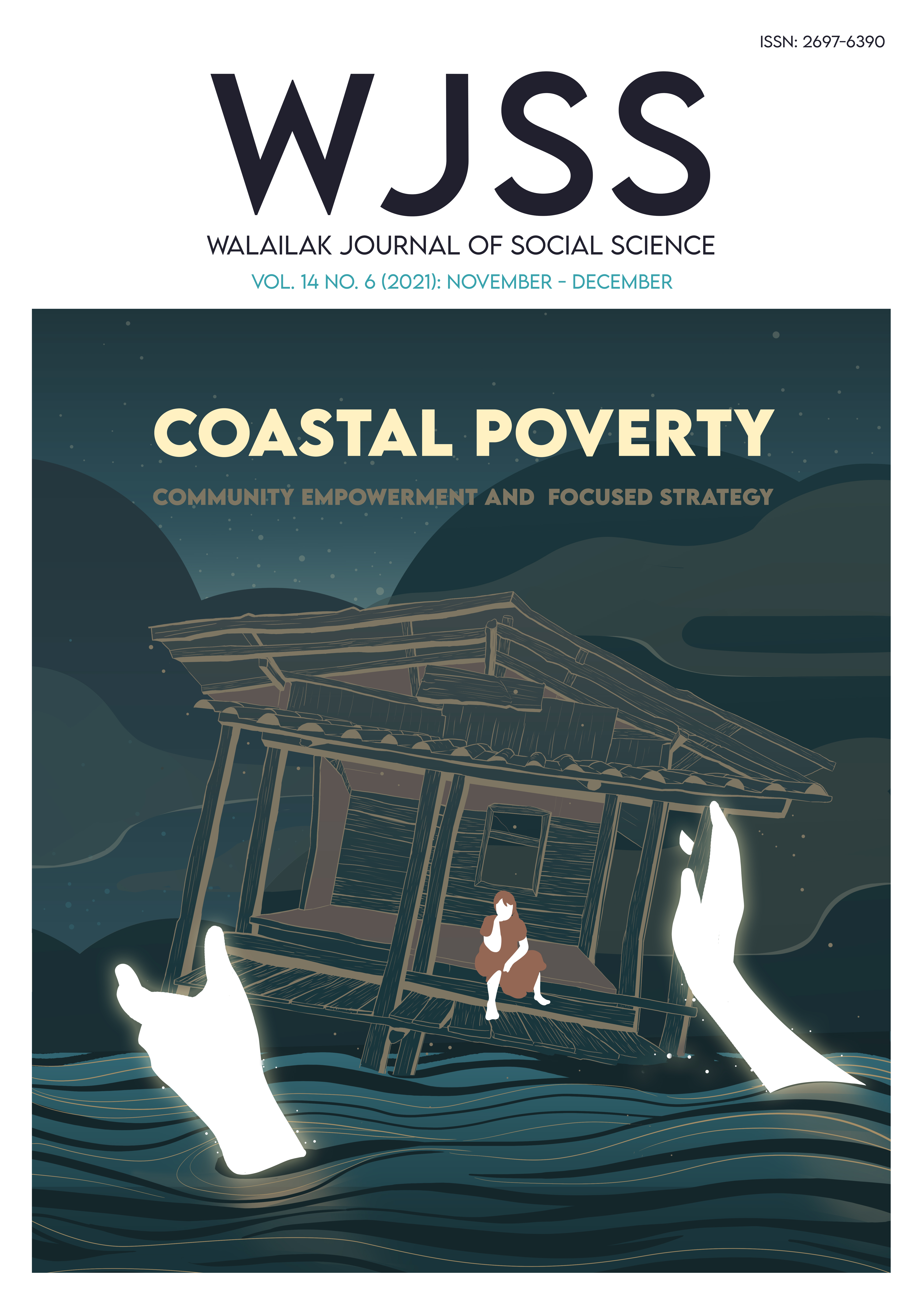Factors Influencing High School Students’ Decision in Eastern Economic Corridor area (EEC) to Choose Vocational School over University: Binary Logistic Regression Analysis
Main Article Content
Abstract
The aim of this paper is to shed light on the influential factors that influence high school student’s decision to choose vocational education over university among students in Eastern Economic Corridor area (EEC). The objectives of the research were to explore their education decision after graduation and to analyze the influential factors affecting their decision for the students who chose vocational education after high school instead of university. This research was conducted among 904 high school students in EEC area who were choosing their higher education in the last semester of the academic year (2020). The research tool was a survey questionnaire and the statistics applied were the frequency, percentage as well as a Binary Logistic Regression which was employed to analyze the significance of key influential factors.
The research revealed that most students chose the university for 75%, vocational college for 14% and only 7% chose not to study after high school. For students who chose vocational college, the results showed that the influential factors affecting their decision is a labor demand signaling both area-based demand for labor in EEC area and industry-based demand which is the demand for labor in S-Curve & New S-curve industries. While gender and dual degree offers for vocational college also affect student’s decision to vocational education as well. The prediction accuracy for the students was 86.6%. These research findings can be used as a guideline to promote and encourage students to study further in vocational education that has already become an excessive demand in the EEC labor market.
Article Details
Copyright: CC BY-NC-ND 4.0
References
Cepar, Z., & Bojbnec, S. (2012). Probit model of higher education participants and the role of information and communication technology. Economics Research, 25(1), 267-287.
Cheevapruk, S., & Chantuk, P. (2018). Factors influencing student's intention to study vocational education preparing for professional career. Journal of Research Methodology, 31(1), 93-108.
Crisp, G., Nora, A., & Taggart, A. (2009). Student characteristics, pre-college, college and environmental factors as predictors of majoring in and earning a STEM degree: An analysis of students attending a Hispanic serving institution. American Educational Research Journal, 46(4), 924-929.
Daguplo, M. S. (2017). Binary logistic predictive model in determining students’ intention to take higher education. Asia Pacific Journal of Multidisciplinary Research, 5(4), 138-143.
Frome, P. M., Alfeld, C. J., Eccles, J. S., & Barber, B. L. (2006). Why don't they want a male-dominated job? An investigation of young women who changed their occupational aspirations. Educational Research and Evaluation, 12(4), 359-372.
Goyette, K. A., & Mullen, A. L. (2006). Who studies the arts and sciences? Social background and the choice and consequences of undergraduate field of study. The Journal of Higher Education, 77(3), 497-538.
Gölpek, F. (2014). Socio-Economic factors in demand for higher education: Sample of Gaziantep province. International Journal of Business and Social Science, 5(1), 121-134.
Ministry of Education. (2020). Demand driven’ educational concept comes to aid of EEC industries in need of vocational skills. Retrieved from http://www.en.moe.go.th/enMoe2017/index.php/articles/565-demand-driven-educational-concept-comes-to-aid-of-eec-industries-in-need-of-vocational-skills
Tarat, S. (2020). The vocational education system in Thailand and Singapore: A sociological perspective. Thammasat Review, 23(2), 192-211.
Thurtle, V., Hammond, S., & Jennings, P. (1998). The experience of students in a gender minority in courses at a college of higher and further education. Journal of Vocational Education and Training: The Vocational Aspect of Education, 50(4), 629-646.
Wang, X. (2013). Why students choose STEM majors: Motivation, high school learning, and postsecondary context of support. American Educational Research Journal, 50(5), 1081-1121.
Wiswall, M., & Zafar, B., (2015). Determinants of college major choice: identification using an information experiment. The Review of Economic Studies, 82(2), 791-824.


